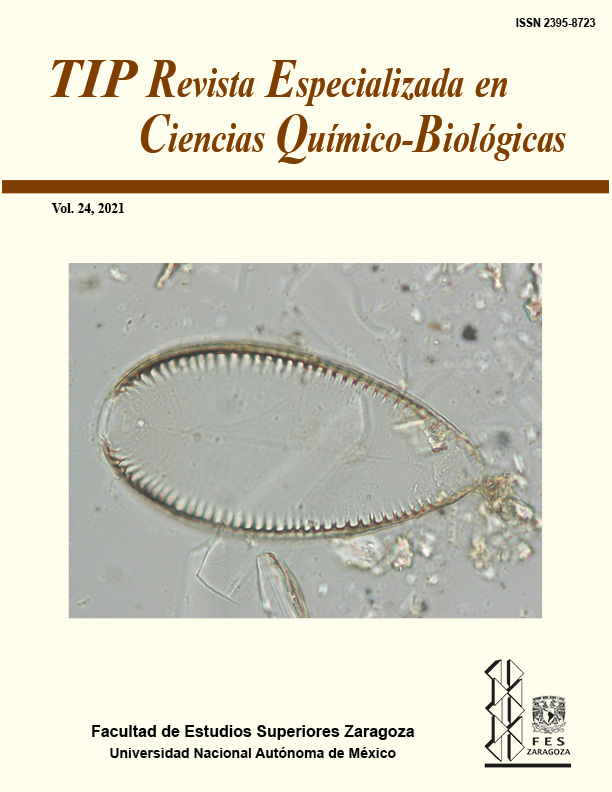Abstract
DDT (dichloride diphenyl trichloroethane or 1,1,1-trichloro-2,2-bis-ethane) represent a significant risk for human health. This is since it is associated with diseases such as breast cancer, Alzheimer’s, Parkinson’s, and its accumulation in the blood. The recent findings of the clandestine use of DDT agrochemical make it necessary to implement technologies for the recovery of agricultural soils contaminated with this compound. Phytoremediation is a sustainable technology that uses the potential of plants to remove organic and inorganic contaminants. This technology is improved with the inoculation of rhizospheric microorganisms that mediate the transport of nutrients and even degrade organic compounds such as DDT. This review compiles scientific information related to the study of phytoremediation and microorganism-assisted phytoremediation of sites contaminated by DDT and its metabolites, dichlorodiphenyldichlorethylene (DDE) and dichlorodiphenyldichloroethane (DDD), in the last 10 years. In addition, the most important points that make phytoremediation a strategy for the recovery of soils contaminated with DDT, DDE and DDD are highlighted.
TIP Magazine Specialized in Chemical-Biological Sciences, distributed under Creative Commons License: Attribution + Noncommercial + NoDerivatives 4.0 International.



